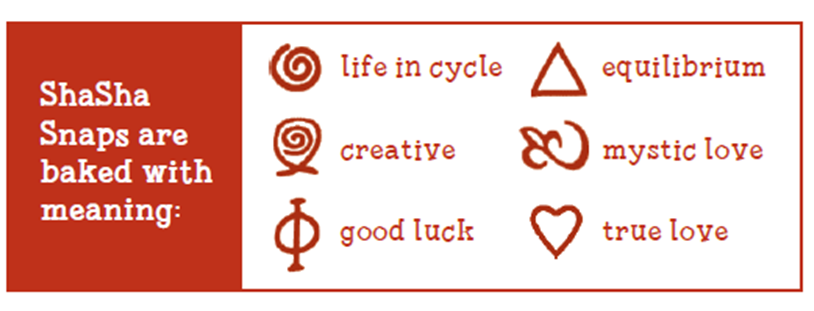In a world often divided by differences, it’s inspiring to discover something that transcends boundaries and connects people universally. Our CEO, Shasha Shaun Navazesh, has embarked on a journey that has allowed him to do just that – gather a fascinating collection of symbols from around the world. These symbols, each with profound meaning, have deep roots in various cultures, some dating back thousands of years. They revolve around the fundamental aspects of life, spirit, love, and overall well-being and unity.
Shasha’s travels have taken him to over 50 countries, giving him the unique opportunity to immerse himself in diverse cultures and traditions. Along the way, he has encountered symbols that speak a universal language, transcending the barriers of words and connecting people on a deeper level. These symbols are not mere artifacts; they are a testament to the enduring human quest to find meaning and purpose in life.
What makes Shasha’s collection of symbols genuinely remarkable is that they represent the shared values of humanity. They emphasize the importance of life, the nurturing of the spirit, the power of love, and the pursuit of well-being. These symbols are a powerful reminder that, despite our differences in language, customs, and beliefs, we all share common aspirations for a better and more harmonious world.
These symbols gathered from around the globe resonate with the essence of what it means to be human. They remind us of our interconnectedness and the importance of promoting unity and understanding among cultures. In a time when divisions seem to dominate headlines, Shasha’s collection offers a refreshing perspective, highlighting the beauty of our shared humanity.
Let’s delve into some of the remarkable symbols from Shasha’s collection and explore the profound meanings they carry:
The Name Shasha:

-
- While “Shasha” may not be a traditional symbol, names often carry personal meanings and significance for individuals. In this context, “Shasha” represents the founder and CEO, Shasha Shaun Navazesh, who has made a significant impact on the world of food manufacturing and baking through his passion and dedication.
The Triangle Equilibrium: Trinities:

Triangles are frequently associated with trinities or triads, representing a group of three interconnected elements or concepts. Some examples include:
-
- Mind, Body & Spirit: Reflecting the holistic nature of human existence, with the mind, body, and spirit as interconnected aspects of the self.
-
- Mother, Father & Child: Representing the family unit and the bonds between parents and children.
-
- Past, Present & Future: Signifying the continuum of time and the interplay between these temporal dimensions.
-
- Mother, Maiden & Crone: A concept from pagan and Wiccan traditions, symbolizing the phases of a woman’s life: youth, maturity, and wisdom.
-
- Thought, Feeling & Emotion: Reflecting the different facets of human consciousness and experience.
-
- Creation, Preservation & Destruction: Often associated with the Hindu god Brahma (creation), Vishnu (preservation), and Shiva (destruction), symbolizing the cycles of existence.
- Triangles are also used in various religious and spiritual contexts to represent concepts like the Holy Trinity in Christianity (Father, Son, Holy Spirit) and the triune goddess in Neopaganism (Maiden, Mother, Crone).
The Heart:
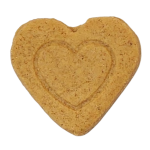
-
- The heart is a universal symbol of love, compassion, and emotion. It represents the seat of our feelings and emotions and is often associated with heart matters, such as love, empathy, and connection.
The Sun:
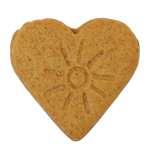
-
- The sun is a powerful symbol in many cultures, representing life, warmth, energy, and illumination. It symbolizes vitality, light, and the source of life on Earth.
Life Cycle and Life Cycle in the World: from Hawaii
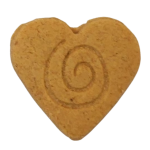
-
- The concept of the life cycle refers to the various stages that living organisms go through, from birth to growth, maturity, and eventually death. In the context of “life cycle in the world,” it may refer to the interconnectedness of all life forms on Earth and the cycles of birth, growth, and renewal that occur in nature.
The Who mantra sign by Rumi, the Persian mystic

-
- Rumi was a 13th-century Persian poet and mystic known for his spiritual writings. A mantra for the love of God likely refers to a phrase or prayer inspired by Rumi’s teachings that emphasizes love, devotion, and connection to the divine.
The Maple Life in Our Great Canada:

-
- This phrase likely celebrates the significance of maple trees and their syrup in Canada. Maple trees are a national symbol of Canada, and maple syrup is a cherished product. It could also represent the enduring and vibrant life in the country.
The First Symbol of Light:
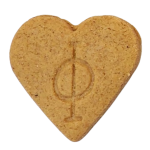
-
- The “first symbol of light” refers to the initial appearance of light or illumination in various cultural or religious contexts. It symbolizes the emergence of wisdom, knowledge, or enlightenment.
As we explore these symbols, we invite you to embark on a journey of discovery, much like Shasha Shaun Navazesh’s travels. These symbols remind us of our shared humanity and the importance of coming together for a better world.
Ultimately, these symbols are not just artifacts; they are a testament to the enduring human desire to find meaning, purpose, and connection. They invite us to embrace our shared values and promote unity, understanding, and well-being in a world that needs it now more than ever.
Shasha Co. 1999













